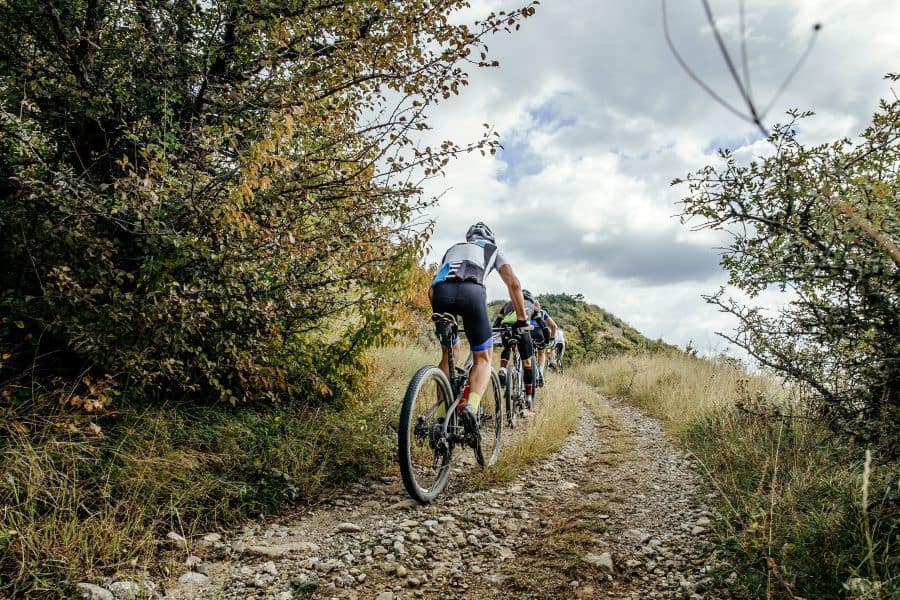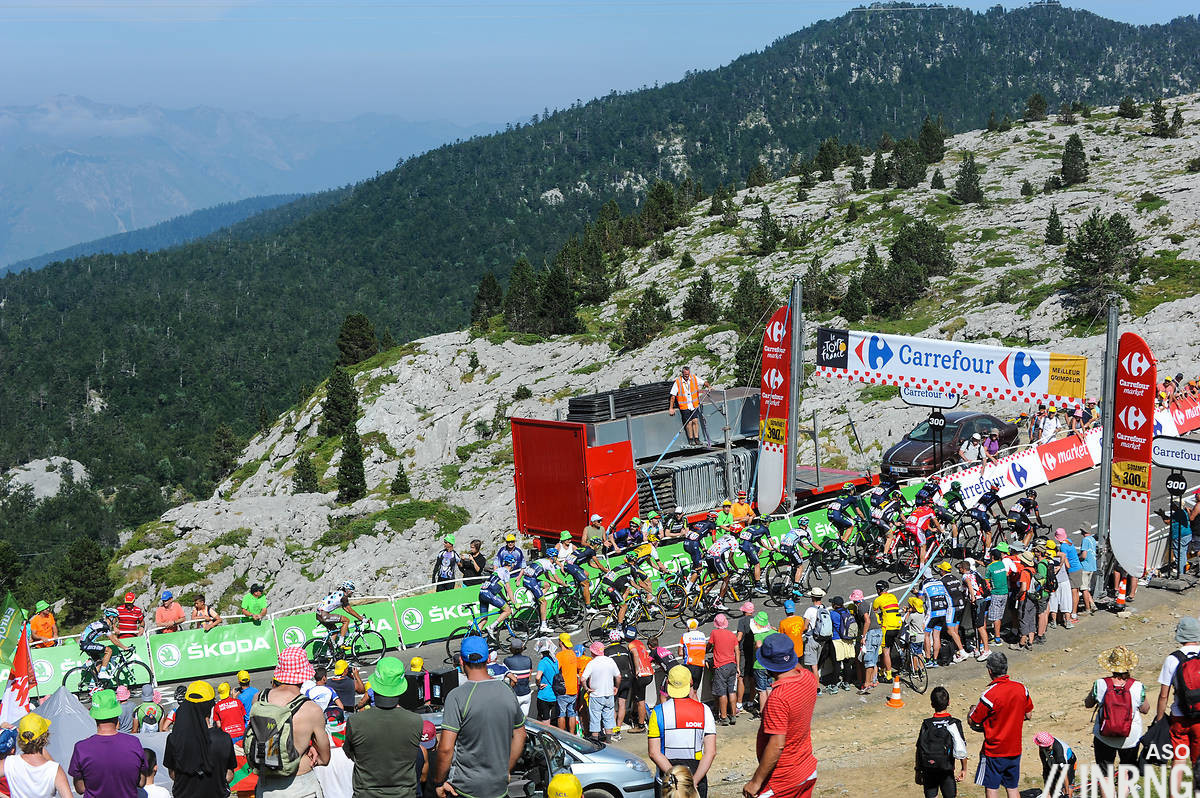What is a Category 1 Climb in Cycling?
A Category 1 climb in cycling is one of the most challenging ascents a rider can encounter during a race. These climbs are known for their grueling gradients and significant lengths, often ranging between 6-10% and extending over 5 miles. The physical and mental demands of Category 1 climbs distinguish them as a true test of a cyclist’s skill and endurance.
Understanding the Cycling Categorization System
The cycling categorization system is a method used to classify climbs based on their difficulty level. The scale ranges from Category 4, which represents the easiest climbs, to Category 1, the most challenging ascents. Factors such as length, gradient, and road surface condition contribute to the categorization of each climb. Category 1 climbs are known for their extended stretches of steep gradients, sharp turns, and varying road conditions, making them a formidable challenge for even the most experienced cyclists.
Characteristics of Category 1 Climbs
Category 1 climbs present cyclists with a unique set of challenges due to their extended stretches of steep gradients, sharp turns, and varying road conditions. These climbs often feature gradients between 6-10%, with lengths surpassing 5 miles, making them one of the hardest ascents in cycling. The mental and physical demands of Category 1 climbs require cyclists to maintain focus, conserve energy, and employ effective pacing strategies to successfully reach the summit.
Famous Category 1 Climbs Around the World
Category 1 climbs are renowned for their challenging gradients and lengths, showcasing the strength and determination of cyclists in races worldwide. Some of the most famous Category 1 climbs include Alpe d’Huez in France, Mont Ventoux in France, and Passo dello Stelvio in Italy. Each of these climbs offers a unique set of features and challenges for riders.
Alpe d’Huez, located in the French Alps, is a 9-mile climb with an average gradient of 8.1%. Famous for its 21 hairpin turns, this climb has been a decisive factor in the Tour de France, testing the endurance and mental fortitude of cyclists. Mont Ventoux, also in France, is a 13-mile ascent with an average gradient of 7.5%. Known for its barren, moon-like landscape, Mont Ventoux is a true test of a cyclist’s willpower and ability to maintain focus amidst challenging conditions.
Passo dello Stelvio, situated in the Italian Alps, is a 15-mile climb with an average gradient of 7.4%. This climb features 48 hairpin turns and reaches an elevation of over 9,000 feet, making it one of the highest paved roads in Europe. Stelvio is a staple in the Giro d’Italia, pushing cyclists to their limits as they ascend its steep slopes.
Strategies for Conquering Category 1 Climbs
Tackling Category 1 climbs requires careful planning, mental preparation, and effective pacing strategies. Cyclists should focus on conserving energy, selecting the appropriate gear, and maintaining a consistent cadence throughout the climb. Proper nutrition planning is also crucial, as it ensures cyclists have the necessary fuel to sustain their efforts during the ascent.
- Pacing Strategies: Maintain a steady, sustainable pace throughout the climb, avoiding the temptation to start too fast. Utilize the “talk test” to ensure you’re not pushing yourself too hard, and focus on steady, controlled breathing.
- Gear Selection: Choose a gear that allows you to maintain a comfortable cadence, typically between 70-90 revolutions per minute (RPM). Lower gears can help reduce the strain on your muscles, while higher gears can help maintain speed on gentler gradients.
- Nutrition Planning: Consume carbohydrate-rich foods and fluids before and during the climb to maintain energy levels. Aim for 30-60 grams of carbohydrates per hour, and stay hydrated by drinking 16-24 ounces of water or sports drink per hour.
Improving climbing abilities requires consistent training and preparation. Focus on building leg strength, endurance, and power through hill repeats, long rides, and targeted strength training exercises. Utilize power meters and heart rate monitors to track progress and optimize performance.
How to Train for Category 1 Climbs
To conquer Category 1 climbs, cyclists must focus on building leg strength, endurance, and power through targeted training methods. Incorporate hill repeats, long rides, and strength training exercises into your routine to improve your climbing abilities.
- Hill Repeats: Find a challenging hill in your area and perform repetitions at a high intensity. Aim for 5-8 repeats, recovering for 5-10 minutes between each effort. Gradually increase the hill’s length and gradient as your fitness improves.
- Long Rides: Incorporate long rides with sustained climbs into your training regimen. Aim for rides between 3-5 hours, focusing on maintaining a steady pace and conserving energy for the climbs. Include both steady-state efforts and interval training to build endurance and power.
- Strength Training: Incorporate exercises such as squats, lunges, and deadlifts into your routine to build leg strength and power. Perform 3-4 sets of 8-12 repetitions, focusing on proper form and technique. Include core exercises to improve stability and balance during climbs.
Utilize power meters and heart rate monitors to track progress and optimize performance. Monitor your power output, heart rate, and cadence during training rides to ensure you’re working within your target zones. Adjust your training plan as needed based on your data and performance improvements.
Gear Up for Category 1 Climbs
Equipping yourself with the right gear and equipment can significantly improve your performance during Category 1 climbs. Consider the following suggestions to ensure you’re well-prepared for the challenges ahead.
- Lightweight Bikes: Opt for a lightweight bike, as it can make a substantial difference during long climbs. Look for frames made of carbon fiber or other lightweight materials to reduce the overall weight of your bike.
- Climbing-Specific Shoes: Choose shoes designed for climbing, as they typically offer a stiffer sole and better power transfer. This can help you maintain efficiency during long, grueling ascents.
- Aerodynamic Helmets: Invest in an aerodynamic helmet to reduce wind resistance and improve your overall speed. This can be particularly beneficial during long, exposed climbs where wind can significantly impact your performance.
In addition to these specific items, ensure your bike is properly fitted and well-maintained. A professional bike fit can help optimize your position and improve your pedaling efficiency, while regular maintenance can prevent mechanical issues that could derail your climb. By investing in the right gear and equipment, you’ll be better prepared to tackle Category 1 climbs with confidence and ease.
Mental Preparation for Category 1 Climbs
Conquering Category 1 climbs is not just about physical strength and endurance; it also requires mental fortitude and focus. Here are some strategies to help you prepare mentally for the challenges ahead:
- Set Realistic Goals: Establish achievable goals for each climb, taking into account your current fitness level and experience. Breaking the climb into smaller segments can help make it more manageable and allow you to celebrate incremental achievements along the way.
- Stay Focused: Maintain your focus during the climb, especially when fatigue sets in. Use visual cues, such as landmarks or distance markers, to break up the climb and keep your mind engaged. Additionally, practice mindfulness techniques to stay present and avoid dwelling on the challenges ahead.
- Manage Race-Day Nerves: Develop strategies to manage pre-race anxiety and nerves. This may include deep breathing exercises, positive self-talk, or guided imagery. Remember that some level of nervousness is normal and can even enhance performance, as long as it is managed effectively.
Visualization and positive self-talk can significantly improve your mental preparation for Category 1 climbs. By visualizing yourself successfully completing the climb and using positive affirmations, you can build confidence and resilience. Practice these techniques regularly, both during training and in the days leading up to the race, to help solidify your mental fortitude and ensure a successful climb.








